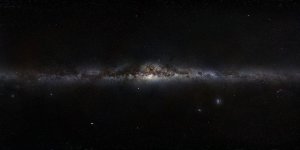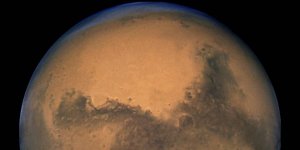| News / Space News |
Mars spacecraft prepare for close comet flyby
NASA | JULY 26, 2014
NASA is taking steps to protect its Mars orbiters, while preserving opportunities to gather valuable scientific data, as Comet C/2013 A1 Siding Spring heads toward a close flyby of Mars on Oct. 19.

This graphic depicts the orbit of comet C/2013 A1 Siding Spring as it swings around the sun in 2014. Image Credit: NASA
The comet's nucleus will miss Mars by about 82,000 miles (132,000 kilometers), shedding material hurtling at about 35 miles (56 kilometers) per second, relative to Mars and Mars-orbiting spacecraft.
At that velocity, even the smallest particle -- estimated to be about one-fiftieth of an inch (half a millimeter) across -- could cause significant damage to a spacecraft.
During the day's events, the smallest distance between Siding Spring's nucleus and Mars will be less than one-tenth the distance of any known previous Earthly comet flyby.
The period of greatest risk to orbiting spacecraft will start about 90 minutes later and last about 20 minutes, when Mars will come closest to the center of the widening dust trail from the nucleus.
YOU MAY ALSO LIKE



